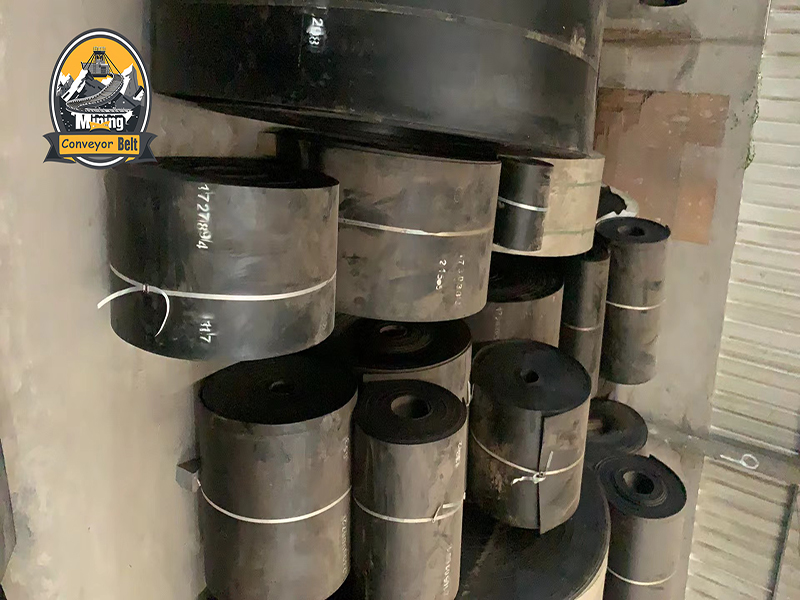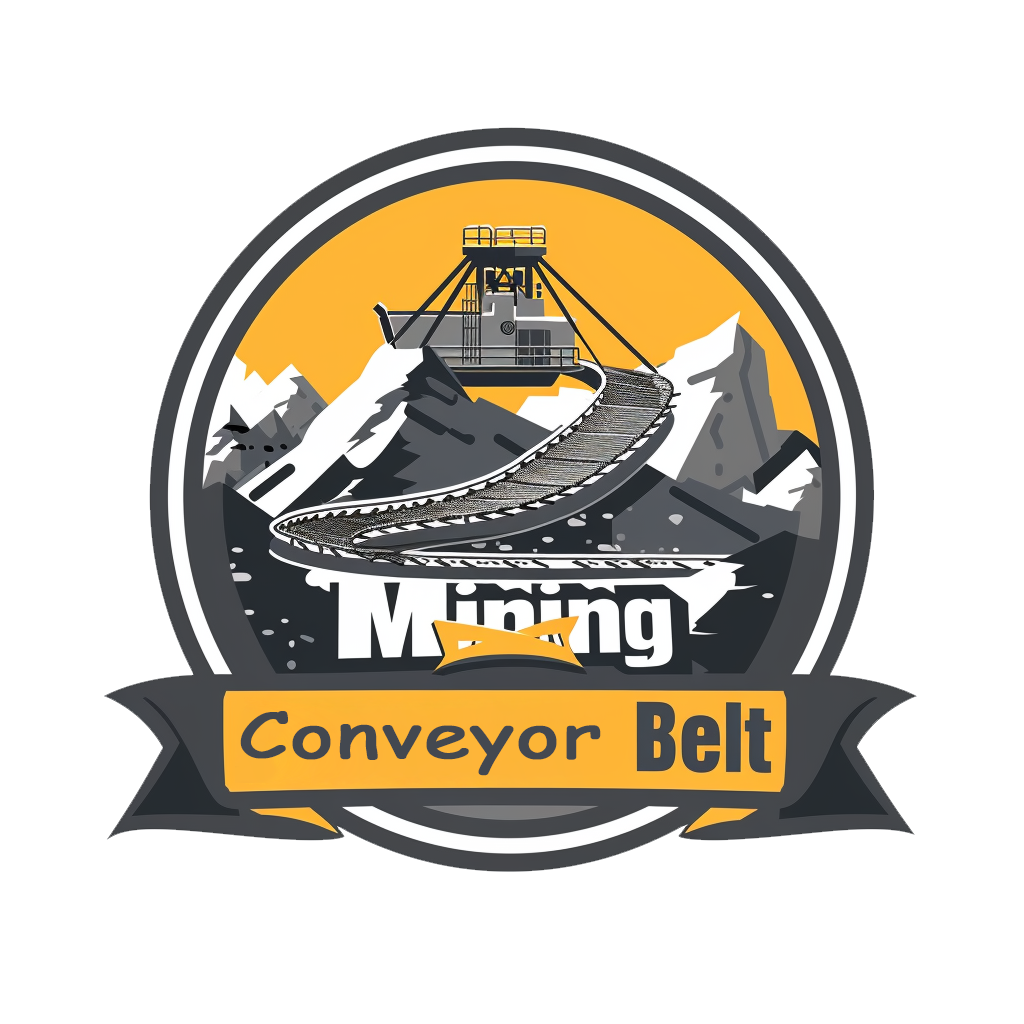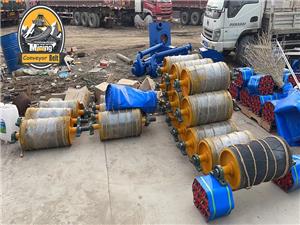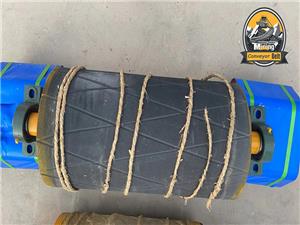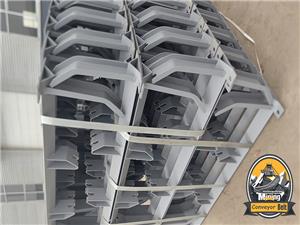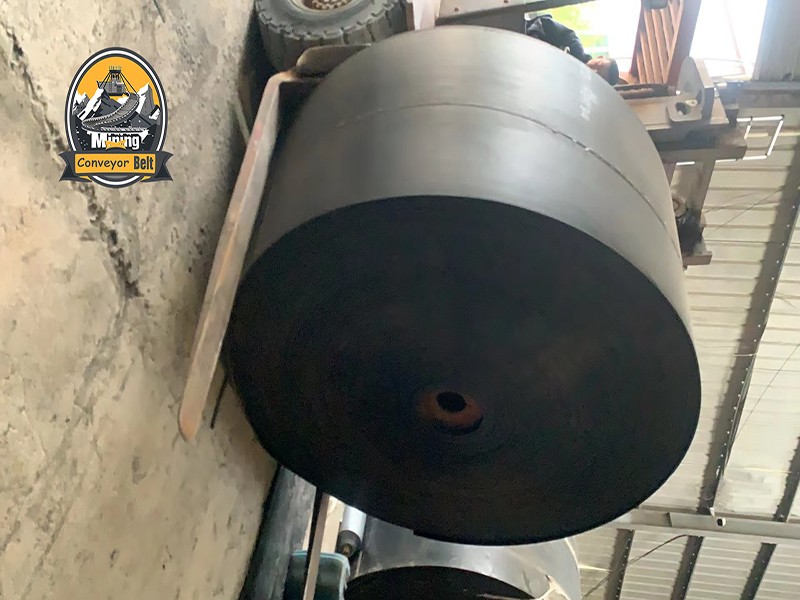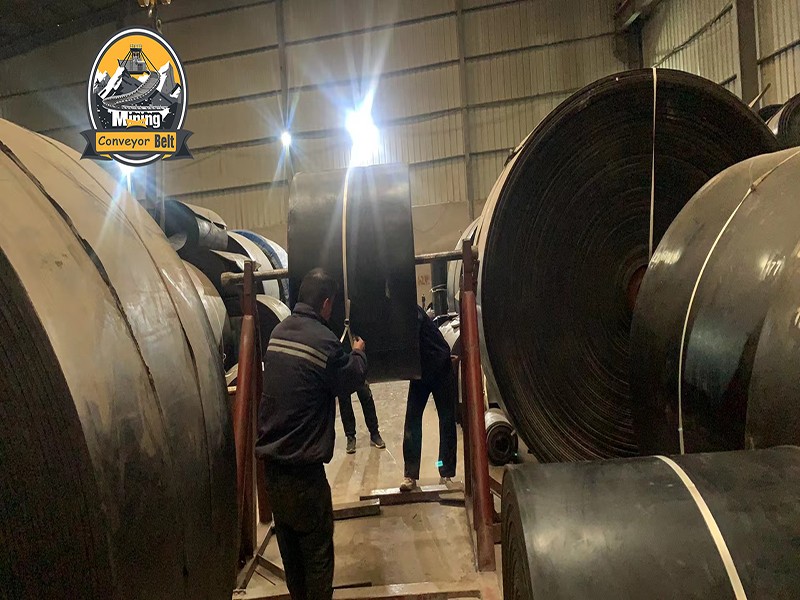
FR-1 Type Flame Retardant Conveyor Belt nylon rubber conveyor belt joint vulcanizer
Xiamen Mining's FR-1 Type Flame Retardant Conveyor Belt emphasizes safety and longevity in fire-prone industries. It's made with quality rubber, meeting strict safety standards, and offers detailed storage, handling, and splicing guidelines.
Xiamen Mining Conveyor Belt Co., Ltd. showcases the FR-1 Type Flame Retardant Conveyor Belt, specifically designed to meet the rigorous demands of industries requiring fire safety measures. Our belts are tailored to provide reliable service life while adhering to the highest safety standards.
Maintenance and Usage Guidelines:
1.Storage and Handling: To maintain the integrity of the FR-1 Type Conveyor Belt, store it in a clean environment away from direct sunlight, rain, snow, and contact with substances like acids, alkalis, oils, and organic solvents. Keep it at least one meter away from heat sources.
2.Ideal Storage Conditions: The warehouse temperature should be maintained between -18°C and 40°C, with relative humidity between 50-80% RH.
3.Care During Storage: The conveyor belt should be stored in a roll without folding and should be turned every quarter to prevent deformation.
4.Belt Selection and Splicing: Different types and specifications of conveyor belts should not be used together, and splicing is best done by vulcanization for optimal integrity.
5.Appropriate Belt Choice: The type, structure, specification, and number of layers of the conveyor belt should be chosen based on the conditions of use.
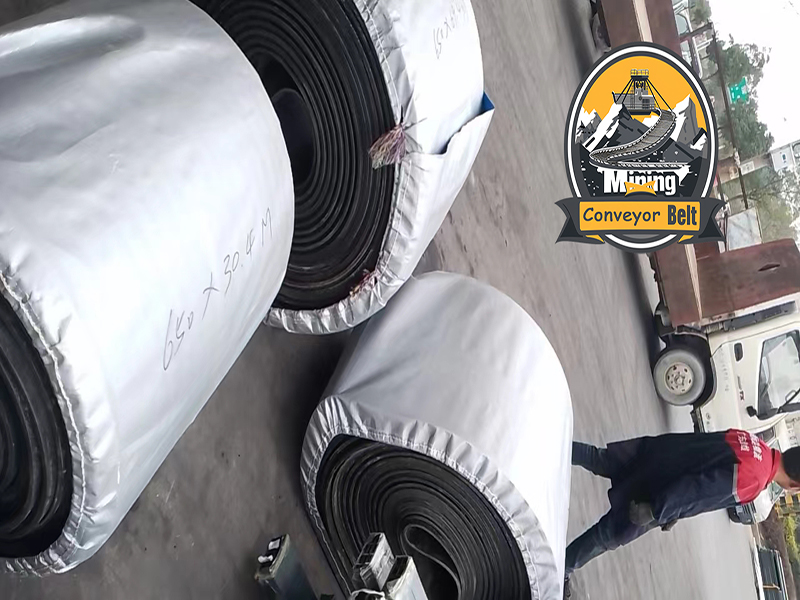
Joining Methods:
1.Conveyor Belt Splicing: Common methods include mechanical splicing, cold adhesive joints, and hot vulcanization. Mechanical joints are convenient and economical though less efficient and potentially reducing belt lifespan. Cold adhesive joints use cold adhesives for a high-efficiency bond but require precise craftsmanship. Hot vulcanization is the ideal method with high efficiency and stability, yet it entails a more complicated process and higher cost.
2.Layered Conveyor Belt Splicing: Choose from mechanical, cold adhesive, or hot vulcanization methods, with the latter two typically adopting a stepped joint structure.
3.PVC and PVG Whole Core Flame Retardant Conveyor Belt Splicing: These belts usually utilize mechanical splicing due to their special structure. For belts above Grade 8, hot vulcanization is preferred to ensure joint quality, following the structure outlined in GB9770 standard.
4.Steel Cord Conveyor Belt Splicing: This is the most complex splicing technique, involving intricate processes and numerous design parameters, with different structures for varying grades of product.
Rubber Compound Composition:
1.Cover Rubber: Exposed to impact, wear, and microbial corrosion, cover rubber requires excellent tensile strength and wear resistance. The formula typically includes a high percentage of natural rubber or a blend with styrene-butadiene rubber, with a sulfur and accelerator traditional curing system.
2.Buffer Rubber: Positioned between the cover rubber and the core layer, it increases adhesion and absorbs impact forces. Buffer rubber demands excellent adhesion and dynamic properties.
3.Skim Rubber: This rubber binds the core fabric layers into a cohesive whole, with requirements for excellent bonding strength and fatigue resistance.
4.Bonding Rubber: Similar to skim rubber but with slightly higher rubber content and lower plasticity, it's crucial for maintaining adhesion between layers.
The FR-1 Type Flame Retardant Conveyor Belt from Xiamen Mining is constructed with the highest quality rubber compounds to ensure safety and longevity. By incorporating advanced materials and precise engineering, our belts stand as a testament to durability and safety in the face of fire hazards. Choose Xiamen Mining for conveyor solutions that you can trust to perform in high-stakes environments.
